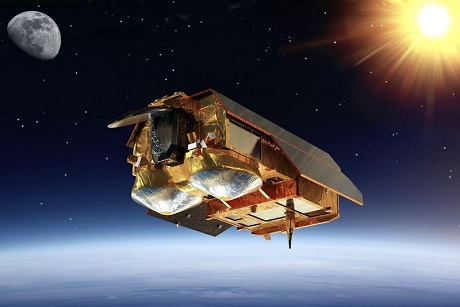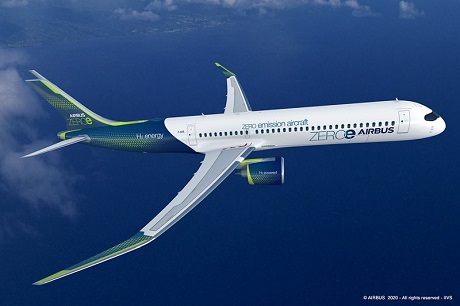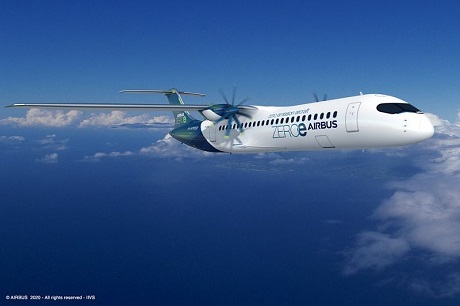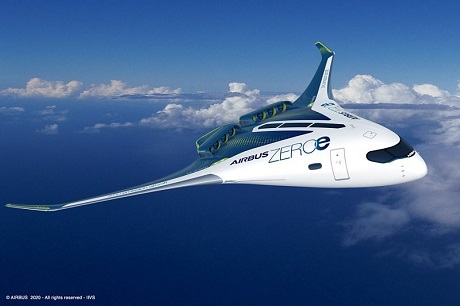New Frontiers
Invention · TravelThe Sky's the Limit
AIRBUS REVEALS NEW MISSIONS FOR CLIMATE CHANGE

Monday 21st September 2020 was quite a day for Airbus - not only were they selected by the European Space Agency (ESA) to develop and build the Copernicus polar ice and snow topography mission (CRISTAL), in a contract worth € 300 million, but they also revealed 3 concepts for the world's first zero-emission commercial aircraft.
With two satellites, and a launch planned in 2027, the CRISTAL mission will carry an advanced multi-frequency altimeter that will measure sea ice thickness and ice sheet elevations, to support maritime operations in polar oceans to better understand climate processes. CRISTAL will also support applications related to coastal and inland waters and the observation of ocean topography. Jean-Marc Nasr, Head of Space Systems at Airbus said: "With a tenth of Earth's land surface permanently covered by ice sheets or glaciers, the cryosphere is an important regulator of global climate. Data from the Airbus-built CRISTAL predecessor, CryoSat, has shown that ice losses from Antarctica have increased global sea levels by 7.6 mm since 1992, with two fifths of this rise (3.0 mm) coming in the last five years. CRISTAL will continue these vital measurements, a key climate change indicator."
Meanwhile the concepts for the world's first zero-emission commercial aircraft, named ZEROe, which they claim could enter service by 2035, each explore various technology and aerodynamic configurations - supporting the Company's ambition of leading the way in the decarbonisation of the entire aviation industry.
All of these concepts would be powered mainly with liquid hydrogen - an option which Airbus believes holds exceptional promise as a clean aviation fuel and is likely to be a solution for aerospace and many other industries to meet their climate-neutral targets.
"The concepts we unveil today offer the world a glimpse of our ambition to drive a bold vision for the future of zero-emission flight", said Guillaume Faury, Airbus CEO. "I strongly believe that the use of hydrogen - both in synthetic fuels and as a primary power source for commercial aircraft - has the potential to significantly reduce aviation's climate impact."
The three concepts - all codenamed "ZEROe" - for a first climate neutral zero-emission commercial aircraft include:


A turbofan design (120-200 passengers) with a range of 2,000+ nautical miles, powered by a modified gas-turbine engine running on hydrogen, rather than jet fuel, through combustion. The liquid hydrogen would be stored and distributed via tanks located behind the rear pressure bulkhead.
A turboprop design (up to 100 passengers) using a turboprop engine instead of a turbofan and also powered by hydrogen combustion in modified gas-turbine engines, which would be capable of traveling more than 1,000 nautical miles, making it a perfect option for short-haul trips.
And finally, a 'blended-wing' body design (up to 200 passengers) concept in which the wings merge with the main body of the aircraft with a range similar to that of the turbofan concept. The exceptionally wide fuselage opens up multiple options for hydrogen storage and distribution, and for cabin layout.

"The transition to hydrogen, as the primary power source for these concept planes, will require decisive action from the entire aviation ecosystem," said Guillaume Faury."Together with the support from government and industrial partners we can rise up to this challenge to scale-up renewable energy and hydrogen for the sustainable future of the aviation industry."